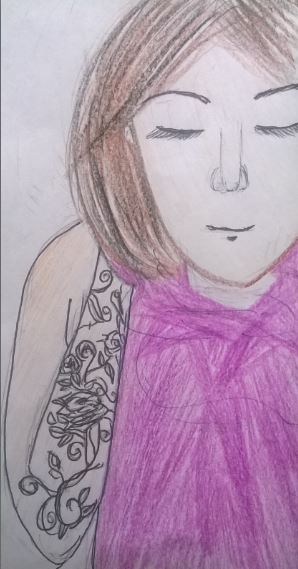Humans have painted their bodies with tattoos for thousands of years. The Paleolithic people used them for healing purposes. The Polynesian and Maori tribes used them to denote a member’s status. But it’s only very recently that tattoos have morphed into a form of artistic self-expression. Body art is often seen as a way to declare one’s individual identity in a society that forces people to conform. This applies especially to the corporate world, where all employees are expected to fit into the same mold. But are tattoos a “kiss of death” for job applicants?
Tattoos have long been a risk factor in the workplace. According to a 2011 survey by CareerBuilder, 31% of employers say that visible tattoos would turn them off to a job candidate. Tattoos are accepted in the corporate world by varying degrees. In some jobs, such as law enforcement and medicine, tattoos are absolutely forbidden, while more art-related fields like architecture or graphic design embrace body art as an expression of a worker’s creativity.
Nevertheless, a job candidate with visible ink is usually less likely to be chosen for a certain post that another, non-tattooed candidate. Tattoos are seen as taboo for a variety of reasons. Employers claim that they are unprofessional, and have the potential to distract other workers. In many companies’ eyes, visible tattoos are the equivalent of wearing a baseball cap or jeans to work: a disturbance of the work environment and contradictory to the employee dress code.
Tattoos have also long been associated with crime, gangs and prison. Hence, prospective police officers or lawyers are often turned away if they can’t keep their tattoos covered at work. Body ink also tends to be seen as a problem in jobs that entail working with kids. Teachers and camp counselors face pressure to be “good role models” for children, and institutions fear that tattoos may send the wrong message.
Furthermore, employers fear that tattooed employees will scare off potential customers or clients. So even when inked workers are hired, they tend to be placed in positions that won’t require them to have a lot of contact with customers—for example, a dishwasher rather than a waiter.
To avoid such stigmas, many workers opt to get their ink in less visible places, such as across the back or chest or on the upper arms. Because the truth is, in our increasingly competitive job market, a candidate’s job prospects often hinge upon their tattoos, or lack thereof.
However, this sort of mindset is unjust and harmful to both job candidates and corporations. By judging someone based on their body art, employers risk turning away a promising applicant. Nowadays, more and more job applicants, especially younger people, are inked. As of 2013, the number jumped to 38% of Americans ages 18-40. That’s about 120 million people. To deny all these applicants the jobs they deserve based solely upon their tattoos will, in the end, only hurt the employer. And while it’s true that personal grooming does matter in the corporate world, employers should judge candidates based on their skills, rather than by their appearance.
But the national attitude towards tattoos is changing. As the newer generation grows up and begins to take control of the job market, body ink is starting to become less of a deciding factor in the hiring process. Also, with a rise in the number of people who sport tattoos comes a change in the way the tattoos themselves are perceived. Once associated with gang members and criminals, tattoos have, in the past two years or so, become more widely accepted as an art form.
As Jennifer Huang ’18, puts it, “Although I would probably never get a tattoo, I would never judge anyone for having one. They’re just another way to show creativity. And a lot of the time, they’re really beautiful.”
These days, tattoos are no longer all about the stereotypical skull and crossbones or the word “Mom” in a heart. Instead, they are as diverse and varied as the people who choose to etch them into their skin. People from all walks of life get tattooed with everything from snarling wolves to symbols from fandoms to dainty “white girl” designs depicting hearts or bows.
So as the number of inked Americans continues to rise, and the connotations attached to the ink itself begin to change, there’s a good chance that many Ridge students will graduate college with one or more tattoos. But as we grow up and face an uncertain job market, the question becomes more pertinent: how much social significance should tattoos carry?

